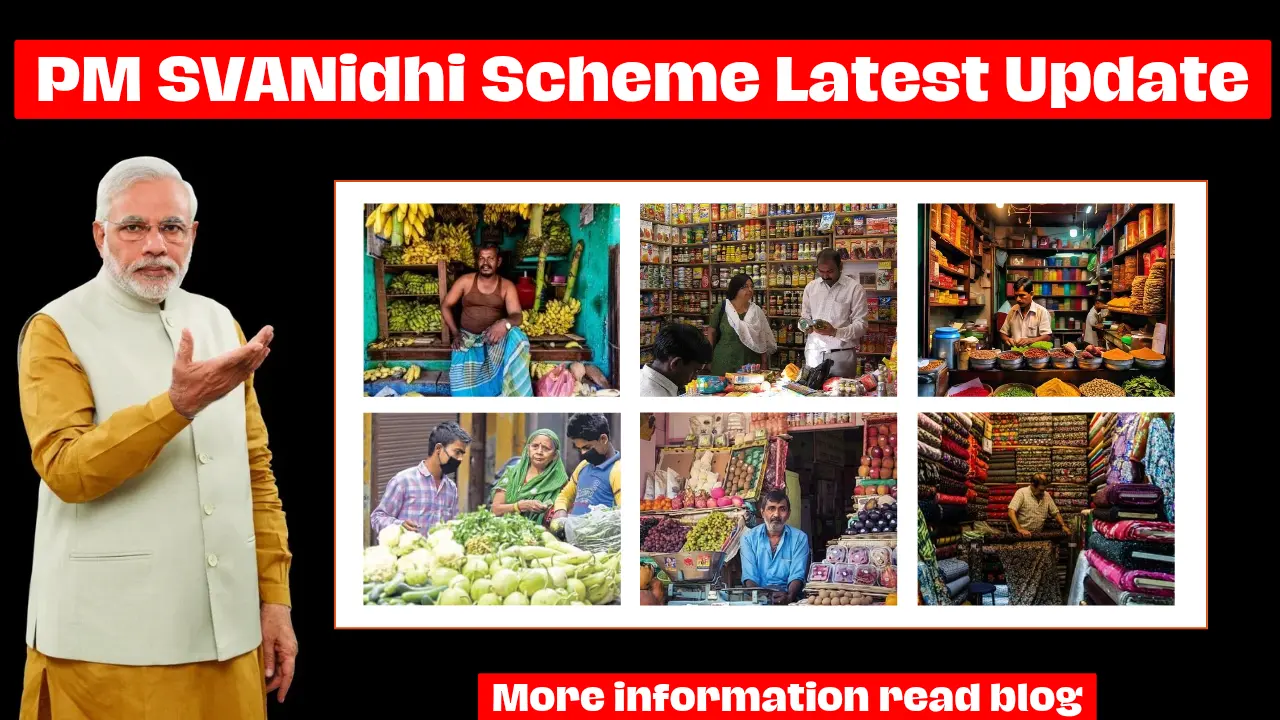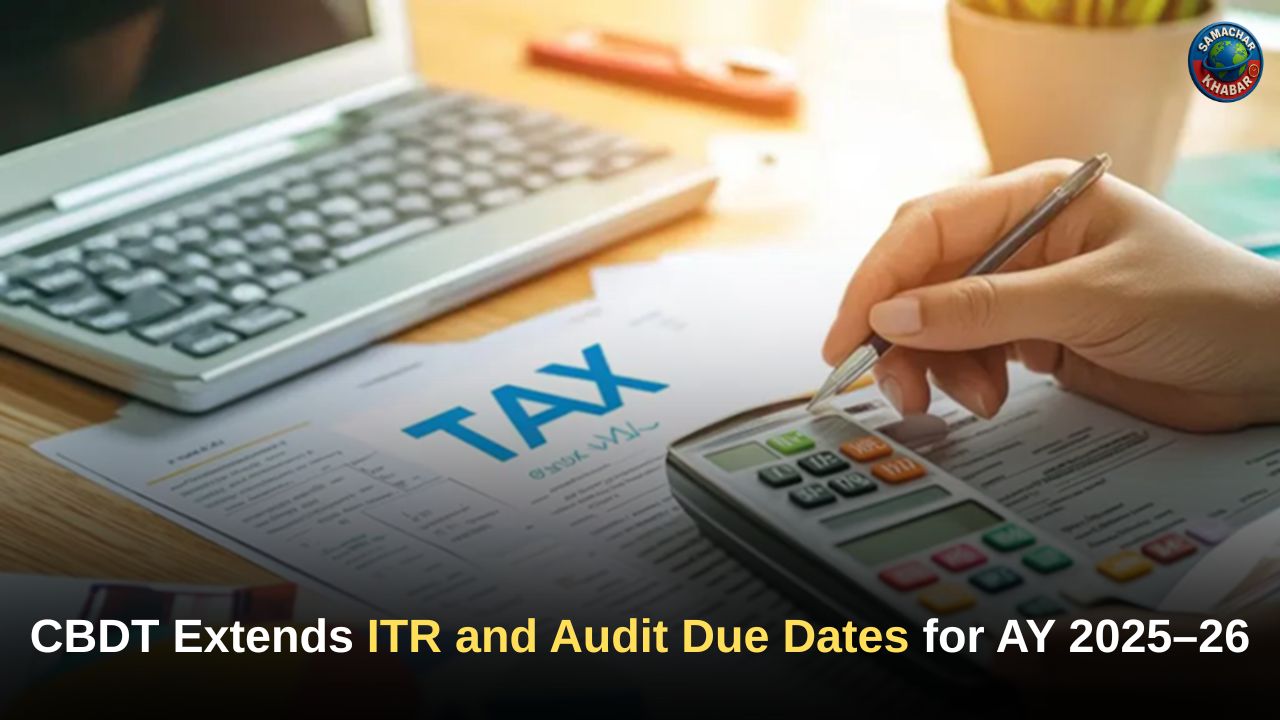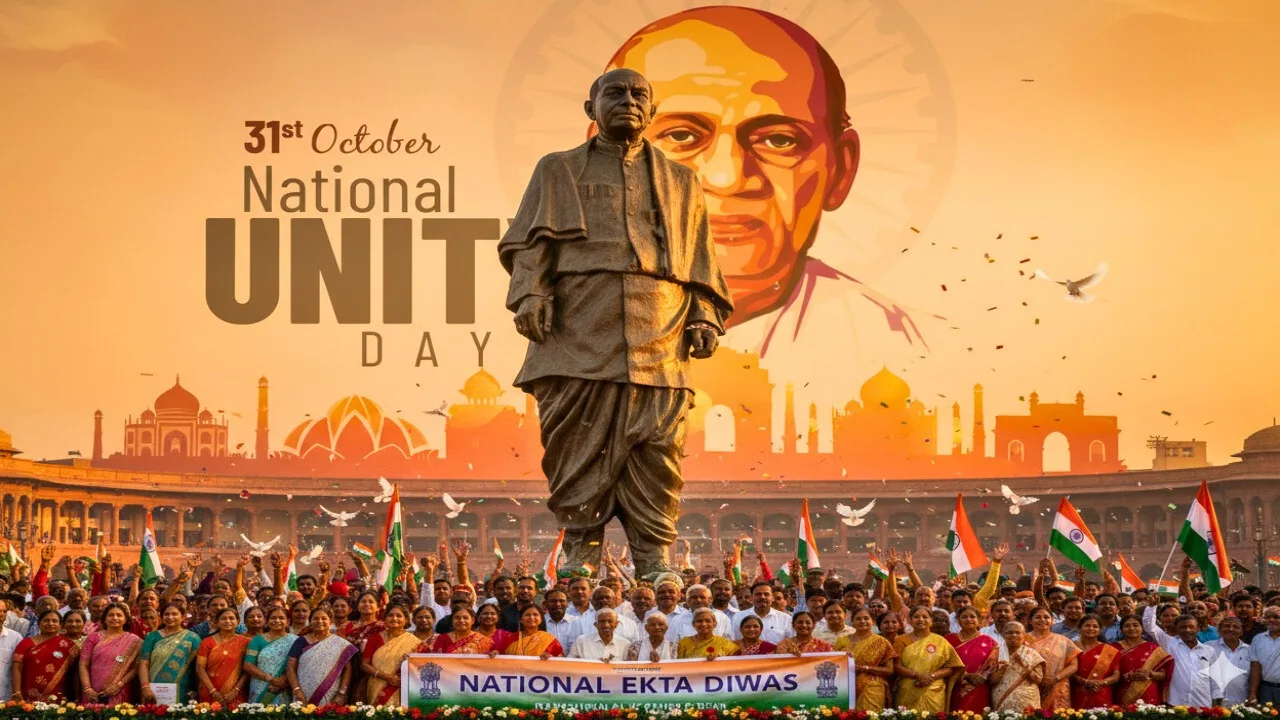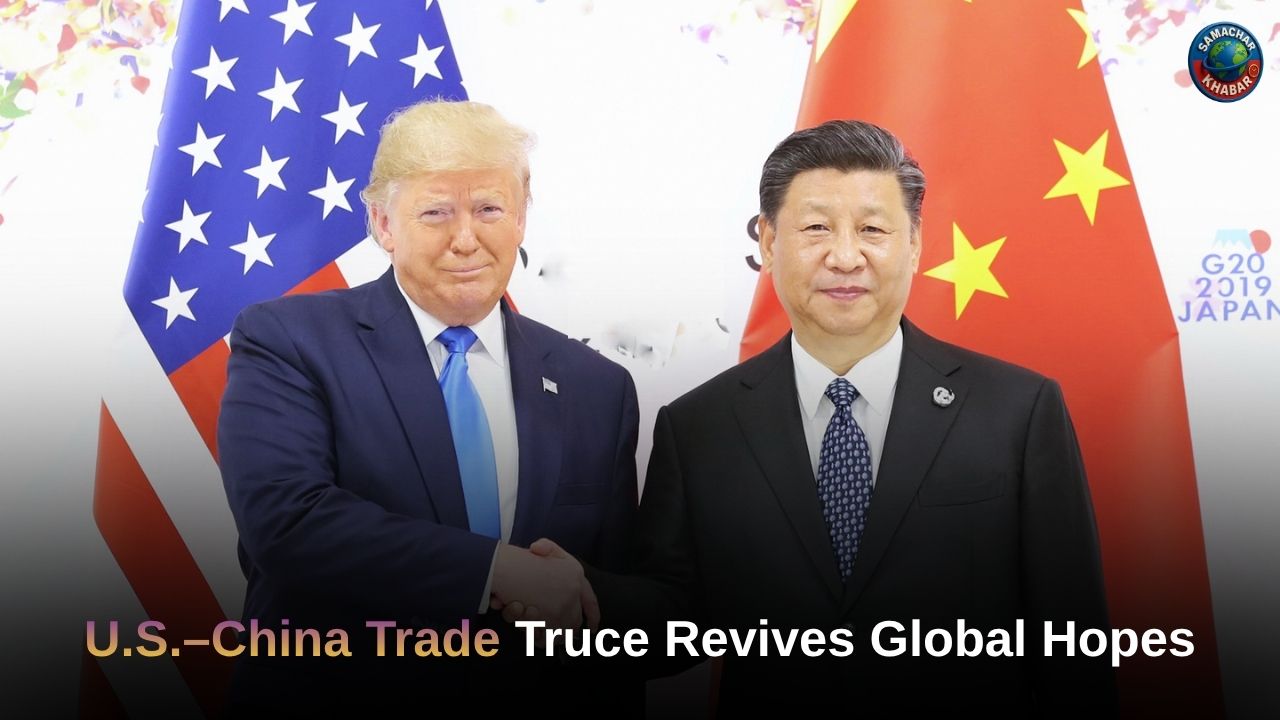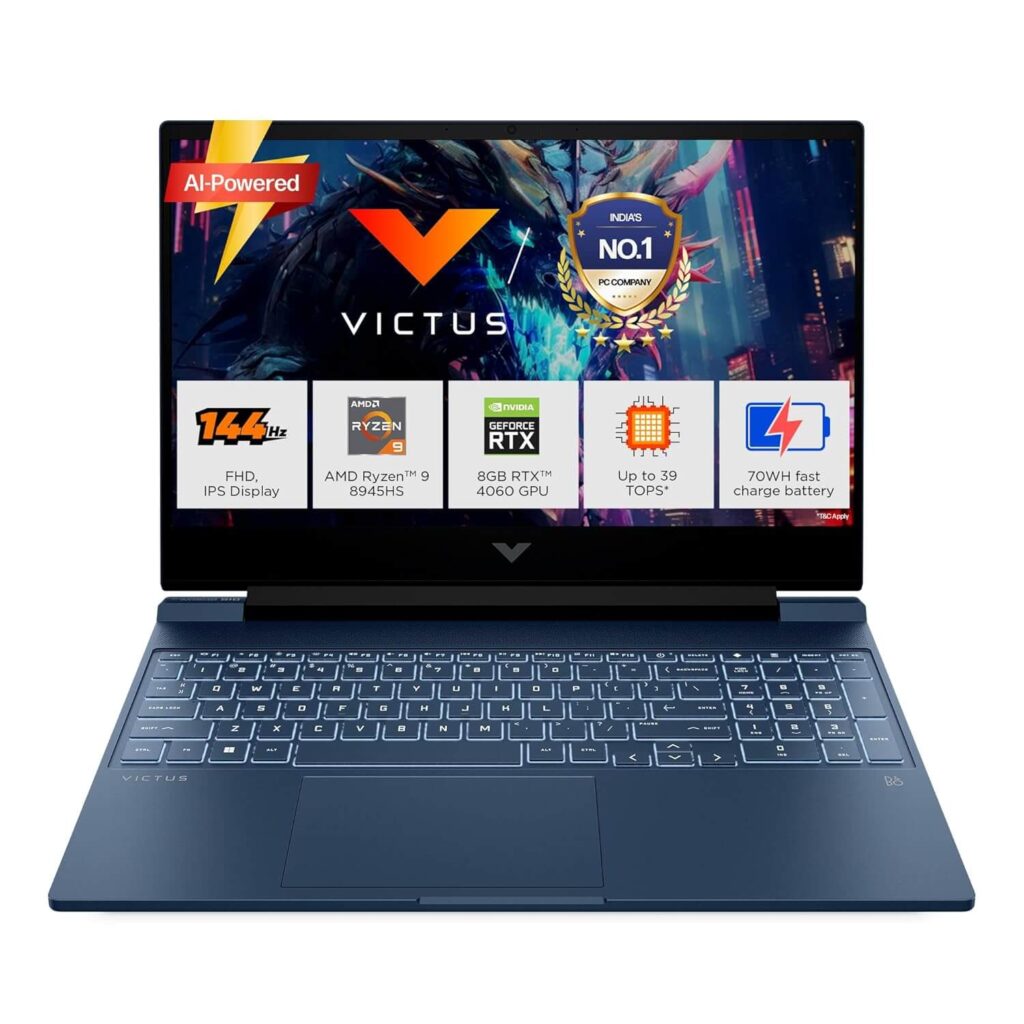The PM SVANidhi scheme, a lifeline for millions of street vendors across India, has recently received a significant boost. Launched to help a vulnerable section of the workforce recover from the economic disruptions caused by the COVID-19 pandemic, the scheme has now been extended and restructured with an even more ambitious vision.
This isn’t just a continuation; it’s an evolution designed to formalize the street vending sector, promote digital transactions, and ensure long-term financial stability for these micro-entrepreneurs.

This post will delve into the PM SVANidhi scheme’s latest update, providing a comprehensive guide to the key changes, benefits, and how you can take advantage of them. Whether you are a current beneficiary or a potential applicant, understanding these new developments is crucial for your business growth.
Major Announcements: The Key PM SVANidhi Scheme Latest Update
The Union Cabinet has approved a major restructuring of the PM SVANidhi scheme, signaling the government’s long-term commitment to the street vending community. The primary focus of these changes is to enhance financial inclusion and empower vendors with modern tools.
1. Extension of the Lending Period
One of the most significant announcements is the extension of the scheme’s lending period. Originally set to conclude in December 2024, the scheme has now been extended until March 31, 2030. This provides a five-year runway for current and new beneficiaries to access crucial financial support, ensuring that the momentum of the scheme continues to build.

The total outlay for this extended period is a substantial ₹7,332 crore, demonstrating the scale of the government’s investment.
2. Enhanced Loan Amounts for First and Second Tranches
To better support the business needs of vendors, the loan amounts have been enhanced. This is a direct response to the rising costs of goods and a recognition of the need for higher working capital.

- First Loan Tranche: The collateral-free working capital loan amount has been increased from ₹10,000 to ₹15,000. This increased initial capital is a major advantage for new vendors looking to start or revive their businesses.
- Second Loan Tranche: Upon timely repayment of the first loan, vendors are now eligible for a higher second-tranche loan, increased from ₹20,000 to ₹25,000.
- Third Loan Tranche: The third loan tranche remains unchanged at ₹50,000, for which vendors are eligible after timely repayment of the second loan.
3. Introduction of UPI-Linked RuPay Credit Cards
In a groundbreaking move, the restructured scheme now includes the provision of UPI-linked RuPay Credit Cards for beneficiaries who have successfully repaid their second loan. This is a game-changer for financial inclusion. This new feature provides vendors with:
- Immediate access to credit: The credit card offers a reliable source of credit for unexpected business or personal needs, reducing reliance on informal lenders with high-interest rates.
- Enhanced credit history: Regular use and timely repayment of the credit card will help vendors build a formal credit history, a crucial step toward accessing a wider range of financial products in the future.
4. Digital Cashback Incentives
The scheme’s focus on digital adoption has been further strengthened. Vendors who conduct retail and wholesale transactions using digital methods will continue to be incentivized with cashback. A notable statistic from a recent study by the State Bank of India (SBI) highlighted the scheme’s success in this area, noting that PM SVANidhi has contributed to a “behavioral shift for digital acceptability” among vendors.
Also Read: Empowering Women in Maharashtra: The Ladki Bahin Yojana
The study found that beneficiaries using the scheme’s digital incentives saw a significant increase in their digital transactions, with some migrating from less than 10 digital transactions to a much higher number. This not only makes business easier but also creates a digital trail that can be used to build a stronger financial profile.
Impact and Value for Street Vendors
The PM SVANidhi scheme latest update goes beyond just financial aid. It’s about empowering a community and integrating them into the formal economy.

- Breaking the Debt Cycle: By providing access to formal, low-interest credit, the scheme helps vendors escape the clutches of local moneylenders who charge exorbitant interest rates.
- Formalization of the Vending Sector: The scheme encourages vendors to formalize their businesses by obtaining a Certificate of Vending (CoV) or a Letter of Recommendation (LoR), which provides them with official recognition and security.
- Expansion and Growth: The enhanced loan amounts offer the potential for business expansion. A vendor can now invest in better inventory, more efficient equipment, or a larger space to serve more customers, directly leading to an increase in income. For example, a street food vendor can use the increased loan amount to upgrade their cart or purchase a wider variety of ingredients.
How to Apply for the Restructured PM SVANidhi Scheme
Applying for the PM SVANidhi scheme is designed to be a straightforward process. The official portal is the primary channel for applications.

Eligibility Criteria
To be eligible for the scheme, you must be a street vendor vending in urban, semi-urban, or rural areas. The scheme’s coverage is being expanded to census towns and peri-urban areas. Key requirements include:
- Holding a Certificate of Vending (CoV) or an Identity Card issued by a local Urban Local Body (ULB).
- For those without a CoV or ID, a Letter of Recommendation (LoR) can be obtained from the ULB/TVC with specific documents.
Step-by-Step Application Process
- Visit the Official Portal: Go to the official PM SVANidhi website: pmsvanidhi.mohua.gov.in.
- Navigate to the Application Section: Click on the “Apply for Loan” tab and select the desired loan amount (₹15K, ₹25K, or ₹50K).
- Enter Details: Fill in your mobile number and other required information.
- Verify with OTP: An OTP will be sent to your mobile number for verification.
- Fill the Application Form: Provide your personal information, address, vending details, and bank account details.
- Upload Documents: Upload necessary documents such as your Aadhaar card, Certificate of Vending, or Letter of Recommendation.
- Submit and Track: Submit the application and note down the application number for future reference. You can use this number to check your application status.
For those who are not tech-savvy, application assistance is also available at Common Service Centres (CSCs).
Conclusion: A Path to Lasting Prosperity
The PM SVANidhi scheme’s latest update is a testament to the government’s commitment to building a resilient and inclusive economy. By extending the scheme, increasing loan amounts, and introducing a sophisticated financial tool like the UPI-linked credit card, it’s paving a clear path for street vendors to not only recover but to thrive. This isn’t just about providing loans; it’s about fostering entrepreneurship, promoting digital literacy, and formally recognizing the vital role that street vendors play in our urban fabric.
If you are a street vendor and meet the eligibility criteria, don’t miss this opportunity. Visit the official PM SVANidhi portal today to apply and take the first step toward securing your financial future. Share this article with other vendors in your community to help them access this life-changing support.

